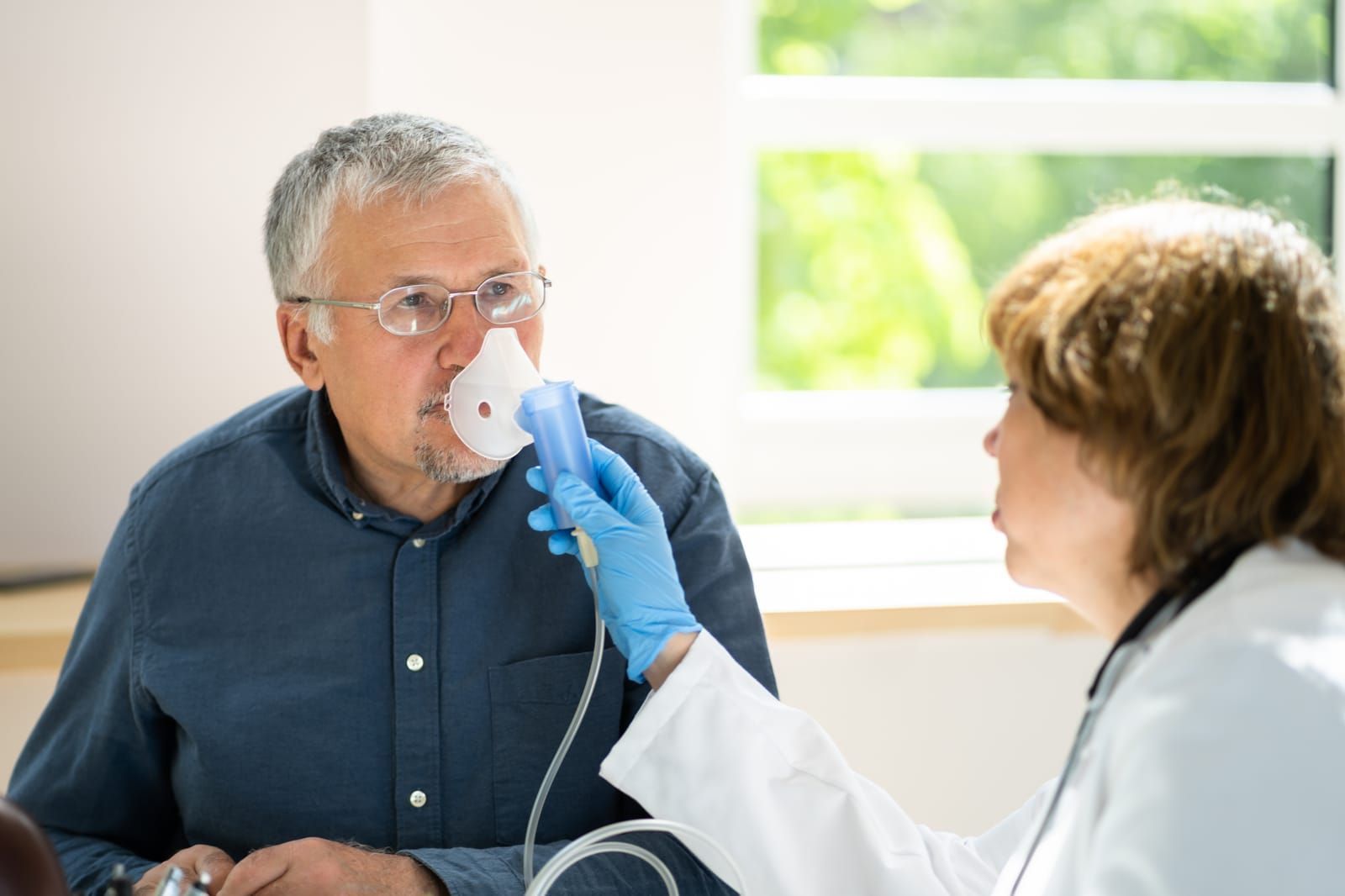Key Challenges of Sleep Apnea Management for Physicians
Sleep apnea is a common yet complex condition that many physicians encounter in their practice. While the diagnosis and treatment of sleep apnea can significantly improve patients’ quality of life, managing this disorder presents several challenges for healthcare providers. We’ll explore some of the key hurdles physicians face in managing sleep apnea and discuss strategies to overcome them.
1. Identifying Undiagnosed Patients
One of the biggest challenges in healthcare is that many patients with sleep apnea remain undiagnosed. According to the American Academy of Sleep Medicine, nearly 80% of moderate to severe obstructive sleep apnea cases go undetected. This underdiagnosis is largely due to patients not recognizing symptoms or attributing them to other causes, such as fatigue or aging.
What physicians can do:
- Maintain a high index of suspicion in patients presenting with daytime sleepiness, loud snoring, or observed breathing interruptions during sleep.
- Use validated screening tools like the STOP-BANG questionnaire to identify high-risk individuals.
- Collaborate with primary care and other specialists to increase awareness and referrals for sleep studies.
2. Navigating Diagnostic Testing
Polysomnography (in-lab sleep study) remains the gold standard for diagnosing sleep apnea. However, access to these studies can be limited by long wait times, cost, and patient inconvenience. Home sleep apnea testing (HSAT) offers an alternative but may not be appropriate for all patients and can sometimes yield inconclusive results.
Research insight:
A 2021 study showed that home sleep testing can be effective for patients with a high pre-test probability of moderate to severe obstructive sleep apnea but may miss milder cases or central sleep apnea.
What physicians can do:
- Assess each patient’s risk factors carefully before choosing the diagnostic method.
- Educate patients on the pros and cons of different testing options to improve compliance.
- Work closely with sleep centers to streamline referrals and follow-up.
3. Ensuring Patient Adherence to Therapy
Continuous Positive Airway Pressure (CPAP) therapy is the most common and effective treatment for obstructive sleep apnea. However, many patients struggle with adherence due to discomfort, noise, or inconvenience. Studies indicate that up to 50% of CPAP users discontinue treatment within the first year.
What physicians can do:
- Provide thorough education on the benefits of CPAP and address concerns upfront.
- Schedule regular follow-ups to assess usage and troubleshoot issues like mask fit or pressure settings.
- Consider alternative treatments such as oral appliances or positional therapy for patients unable to tolerate CPAP.
4. Managing Comorbid Conditions
Sleep apnea often coexists with other health issues such as hypertension, diabetes, obesity, and cardiovascular disease. These comorbidities complicate management and require a multidisciplinary approach.
Research insight:
The Wisconsin Sleep Cohort study found that untreated sleep apnea increases the risk of hypertension and cardiovascular events.
What physicians can do:
- Screen for common comorbidities in patients diagnosed with sleep apnea.
- Coordinate care with cardiologists, endocrinologists, and other specialists as needed.
- Emphasize lifestyle modifications including weight loss, exercise, and smoking cessation.
5. Keeping Up with Evolving Guidelines and Technologies
Sleep medicine is a rapidly evolving field with ongoing research into new diagnostic tools and treatments, such as hypoglossal nerve stimulators and telemedicine-based monitoring. Staying current can be challenging but is essential for providing optimal patient care.
What physicians can do:
- Participate in continuing medical education (CME) programs focused on sleep disorders.
- Attend conferences or webinars offered by sleep medicine societies.
- Engage with professional networks to share experiences and best practices.
Conclusion
Managing sleep apnea is multifaceted and requires vigilance, patient engagement, and collaboration across specialties. By recognizing these challenges and adopting proactive strategies, physicians can significantly improve outcomes for their patients struggling with this common yet serious condition.
Snot Force Alliance brings together specialists from various fields to tackle sinus and airway conditions. Collaborate with a diverse team of clinicians, researchers, and healthcare professionals to improve outcomes for patients with airway issues. Join the Snot Force Alliance and be part of making a real difference!












